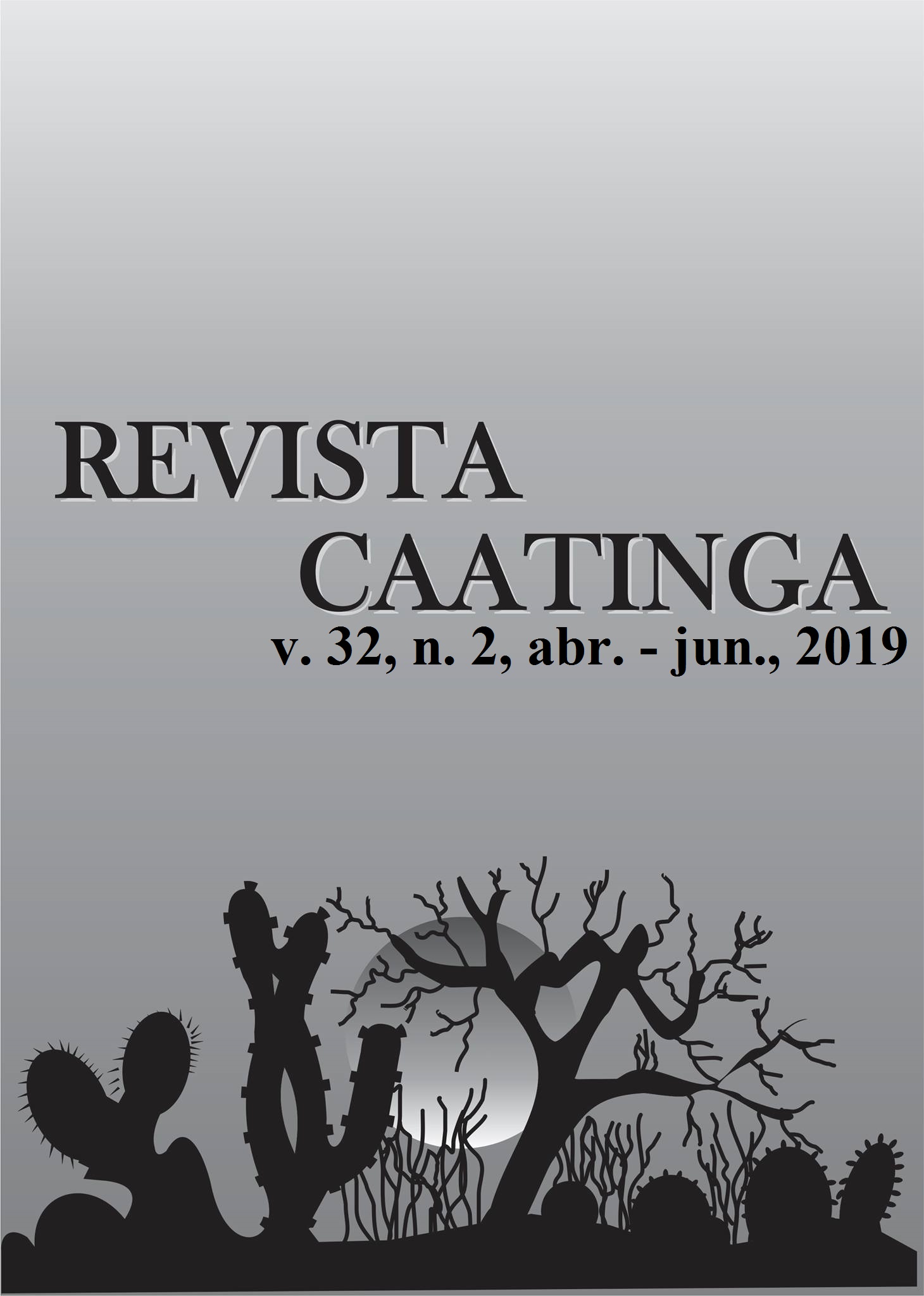AGRONOMIC AND PRODUCTIVE CHARACTERISTICS OF SUNFLOWER INTERCROPPED WITH FORAGE IN A CROP-LIVESTOCK INTEGRATION SYSTEM
DOI:
https://doi.org/10.1590/1983-21252019v32n224rcKeywords:
Helianthus annuus L. Intercropping. Forage plants. Grass.Abstract
The objective of this study was to evaluate the agronomic characteristics and yield of a sunflower crop grown together with forages in a crop-livestock integration system. The experiment was carried out in a randomized complete block design, in a 3×3 + 1 factorial scheme. Three sunflower intercropping with forage plants [sunflower + Urochloa ruziziensis (SB); sunflower + Panicum maximum cv. Tanzania (SP); sunflower + Urochloa ruziziensis + Cajanus cajan (SBGu)], sown in three ways [simultaneous sowing (SS), delayed sowing (DS), and simultaneous sowing with herbicide/graminicide (SSH) application], with the monocroped sunflower as a control, with three years of cultivation (2013, 2014, and 2015). The following characteristics were evaluated: plant height, stalk diameter, head diameter, number of achenes per heads, the mass of thousand achenes, harvest index, and the productivity of achenes. Data were submitted to analysis of variance, and the means were compared by the Tukey and Dunnett tests at 5% probability. The SB and SBGu intercropped promote greater sunflower productivity. The forage Panicum maximum cv. Tanzania in intercropped with sunflower reduces plant production components and productivity. Lapsed sowing delayed and simultaneous sowing with herbicide/graminicide application promote higher productivity of sunflower.
Downloads
Downloads
Published
Issue
Section
License
Os Autores que publicam na Revista Caatinga concordam com os seguintes termos:
a) Os Autores mantêm os direitos autorais e concedem à revista o direito de primeira publicação, com o trabalho simultaneamente licenciado sob a Licença Creative Commons do tipo atribuição CC-BY, para todo o conteúdo do periódico, exceto onde estiver identificado, que permite o compartilhamento do trabalho com reconhecimento da autoria e publicação inicial nesta revista, sem fins comerciais.
b) Os Autores têm autorização para distribuição não-exclusiva da versão do trabalho publicada nesta revista (ex.: publicar em repositório institucional ou como capítulo de livro), com reconhecimento de autoria e publicação inicial nesta revista.
c) Os Autores têm permissão e são estimulados a publicar e distribuir seu trabalho online (ex.: em repositórios institucionais ou na sua página pessoal) a qualquer ponto antes ou durante o processo editorial, já que isso pode gerar alterações produtivas, bem como aumentar o impacto e a citação do trabalho publicado (Veja O Efeito do Acesso Livre).







